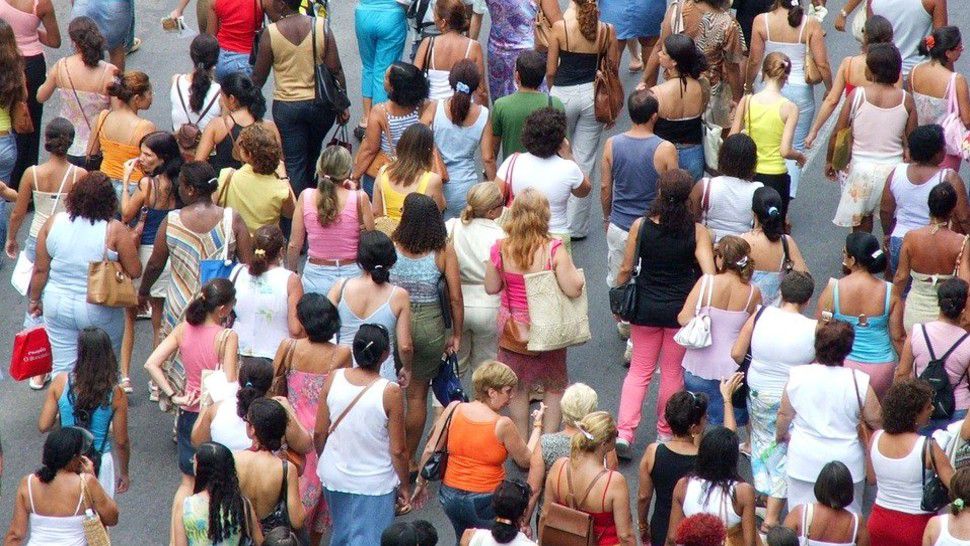NATIONWIDE -- You might have heard the phrase while watching TV news. Herd immunity, sometimes called community immunity, has been discussed as a possible quick or long-term solution to the COVID-19 pandemic.
What Is It?
Herd immunity, simply put, is when the majority of a population is immune to an infectious disease. If 90 percent of a population becomes immune, more than four out of five people won’t get the disease, and the odds of someone who isn’t immune of getting it are greatly reduced.
In fact, herd immunity is what allowed the U.S. to overcome once-common infectious diseases such as polio, measles, mumps and chickenpox.
How Does It Work?
There are two ways herd immunity can be achieved. The first is with the development and wide availability of a vaccine. The second involves a large portion of a population being exposed, allowing many people to develop an immunity to an infectious disease.
How Would It Work As Applied to COVID-19?
This is a where it gets tricky. The preferred solution would be a widely available vaccine, but by many estimates that might not be ready until 2021.
It’s estimated that to achieve herd immunity to COVID-19, at least 70 percent of the U.S. population would need to become immune.
LIVE BLOG: COVID-19/Coronavirus News & Announcements
Eliminating social distancing measures immediately would likely expose a lot of people, potentially allowing a great many to develop a natural immunity to the novel coronavirus. However, this would lead to many people becoming infected at once, overwhelming U.S. hospitals and leading to many deaths. It would take hundreds of millions of Americans becoming infected to achieve herd immunity via this route.
In addition, it's not yet known how long the average person would retain immunity to the novel coronavirus.
According to researchers at Johns Hopkins Bloomberg School of Public Health, the solution may lie somewhere in the middle.
While physical distancing requirements may change in the coming weeks and months, they will likely need to remain in effect to some extent in order to buy researchers time to develop a vaccine and for it to be widely distributed.



